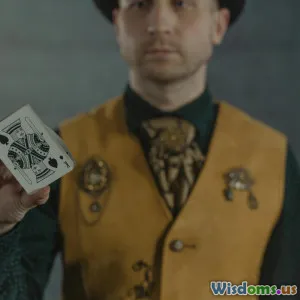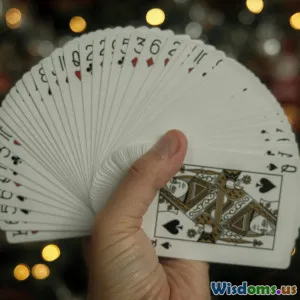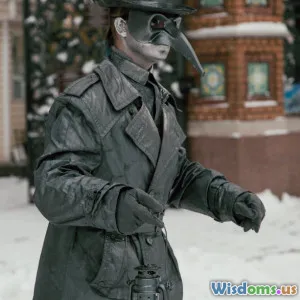
Escapology The Life and Legends of Master Escape Artists
17 min read Explore escapology’s history, legendary escape artists, and their mind-bending skills in defying confinement. (0 Reviews)
Escapology: The Life and Legends of Master Escape Artists
All it takes is seconds—a lock clicks, handcuffs snap shut, a small wooden crate is nailed closed around a performer. The audience holds its breath. There’s a thin line between danger and showmanship, and walking that tightrope is where the world’s master escape artists have flourished. While the art of freeing oneself from confinement predates even the stage itself, escapology as performance soared in the 19th and 20th centuries, giving rise to legends, imitators, and innovators. Here, we unravel the history, the methods, and the enduring fascination of escapology and its enigmatic masters.
Roots of the Impossible: The Origins and History of Escapology

Escapology’s narrative stretches further back than vaudeville and magic shows. Its essence—the ability to best restraints—emerged as a vital survival skill in ancient societies. Jails, stocks, chains, and locks awaited not only criminals but, at times, dissenters and revolutionaries, sparking the earliest forms of escape craft.
But it wasn’t until the 19th century that escapology became a celebrated spectacle. Public fascination with magic and danger had already found its figureheads in magicians like Jean Eugène Robert-Houdin and John Henry Anderson. Their ammunition chests and rope tricks sparked genuine wonder but eschewed cast-iron locks and heavy steel shackles. That would change with the arrival of Harry Houdini, the name that would define, then redefine, escapology as both an art and a calling.
Houdini’s meteoric rise coincided with the golden age of touring acts, dime museums, and vaudeville performance. The era brimmed with mystery, danger, and a healthy distrust of authority in the form of police-issued restraints. Audiences thrilled to challenges issued to local law enforcement—“Lock him up with your heaviest!”—and to the impossible act of breaking free from straitjackets, chains, or being submerged in water tanks. Many saw not just magic, but metaphors for the age: personal liberty, ingenuity, and triumph in the face of seemingly insurmountable odds.
Masters of Escape: Ethos, Legends, and Signature Feats

Harry Houdini: The Undisputed King
It’s impossible to discuss escapology without revering Harry Houdini. Born Erik Weisz in Budapest in 1874, Houdini’s real escape was from the socio-economic limitations of the immigrant experience. He capitalized on intelligence, physical discipline, and a craftsman’s knowledge of locks to cement his moniker.
His signature escapes—among them The Milk Can Escape, The Water Torture Cell, and the infamous straitjacket escape—set new standards. In one remarkable episode, Houdini leapt into icy river currents in Detroit, manacled and handcuffed, to free himself under water with only a minute’s breath held. Night after night, audiences watched in awe; legends grew that he could, and sometimes did, dislocate his shoulder to slip restraints.
Dorothy Dietrich: The Female Houdini
Dietrich became the first woman to perform some of Houdini’s most dangerous escapes. Nicknamed "The First Lady of Magic," she shattered notions that escapology was solely a man’s domain. Dietrich's feats included the infamous bullet catch and public straitjacket escapes while hanging from buildings, giving rise to a new generation of daring artists. She later went on to found the Houdini Museum in Scranton, Pennsylvania, further cementing the legacy of escapology’s first family.
Modern Marvels: David Blaine and Beyond
Escapologists of the new millennium blend extreme physical prowess, endurance, and sometimes a touch of performance art. David Blaine’s endurance stunts—buried alive, encased in ice, or shackled underwater for hours—remind audiences that escapology’s edge is as much psychological as it is physical. Others, like Jonathan Goodwin and Anthony Martin, take the act to new heights (and depths), embracing feats involving heights, dangerous machinery, and even live sharks.
Anatomy of Escape: Lockpicking, Contortionism, and Sleight of Hand

True escape artists are part locksmith, part athlete, part illusionist. Contrary to popular belief, their escapes are rarely rooted in supernatural secrets. Instead, they combine deep technical skill, unyielding practice, and nerves of steel.
Lockpicking as a Performative Art
Lockpicking—the manipulation of locks without keys—remains at the core of many escapes. Houdini reportedly carried a small kit of picks hidden in his skin folds or mouth—a trick so effective it occasionally drew suspicion from skeptical police and reporters. Using tension wrenches and picks, they can manipulate the tumblers of most 19th and early 20th-century locks within seconds.
The Human Factor: Flexibility and Strength
Relentless physical conditioning is another pillar of escapology. Straitjacket escapes, for instance, involve a precise choreography of movement—tension, dislocation (occasionally), and leverage. Sir Winston Churchill once remarked that watching Houdini escape was “like watching a living miracle.”
Some master escape artists cultivate rollable shoulders, slim, flexible hands, and total body awareness. This allows them, for example, to wriggle shackles toward their fingertips or use controlled contortion to free themselves. Notably, many escapes depend just as heavily on managing breath and heart rate, especially in water challenges.
Misdirection and Theatrics
No art of escape could survive without misdirection—a sleight-of-hand philosophy at the heart of all magic. Projecting vulnerability, feigning distress, or distracting with dazzling patter, escapologists lead their audience through a journey where every second counts and every move could spell the difference between life, death, and disbelief.
The Iconic Escapes: Deconstructing Legendary Acts

Some escapes have achieved mythological status—elements of their design and execution still studied by magicians and questioned by skeptics.
The Straitjacket Escape
First debuted by Houdini as counter-programming to psychic mediums, the straitjacket escape involves being strapped into a hospital-grade restraint. Add the complication of being hoisted upside-down from monumental heights and you have the stage-filling excitement that drew crowds in Times Square or Trafalgar Square even into the new millennium. Escapologists often leverage body weight, rapid swinging, and careful exhalation to wriggle free, typically within a window of one to five minutes.
The Water Torture Cell
Invented by Houdini in 1912, the escape requires the artist to be lowered upside-down and fully submerged behind a locked glass tank filled with water. While shackled at the ankles, the performer has only as long as their lungs can endure—usually between two and three minutes—to manipulate locks and escape. Precision, calm under pressure, and sometimes the secret catching of extra breaths at opportune moments make this act a harrowing testament to human endurance.
Milk Can and Sealed Crate Escapes
In these tableaus, performers are locked inside oversized milk cans or nailed into wooden crates often sealed with additional padlocks. Escapists combine dexterity and pre-positioned tools (sometimes hidden in their hair, costume lining, or even inside their mouth), emerging triumphantly with both performer and prop left unscathed, if a little damp.
Dangers, Disputes, and Drama: The Ethics of Real Risk

Escapology is not without genuine peril. Numerous artists have suffered injuries—and a few have lost their lives—proving the line between performance and disaster is razor-thin.
In 1930, Houdini’s assistant, Joseph Wreschka, drowned when performing a water escape he had not adequately rehearsed. More recently, in 2012, escapologist Michael Lee perished during a failed upside-down straitjacket escape in Sri Lanka, becoming a somber reminder of real risk.
This has led some to question the boundaries of entertainment: must real danger be integral to audience wonder? Unlike stage magic—where illusion protects the artist—escapology stakes everything on authenticity. The trend has given rise to ethical debates, balancing transparency and safety. Modern performers rightly lean on carefully rehearsed acts, quality assurance (such as easily triggered emergency releases), and medical supervision to mitigate risk, while still preserving awe.
Behind the Curtain: Training, Preparation, and Innovation
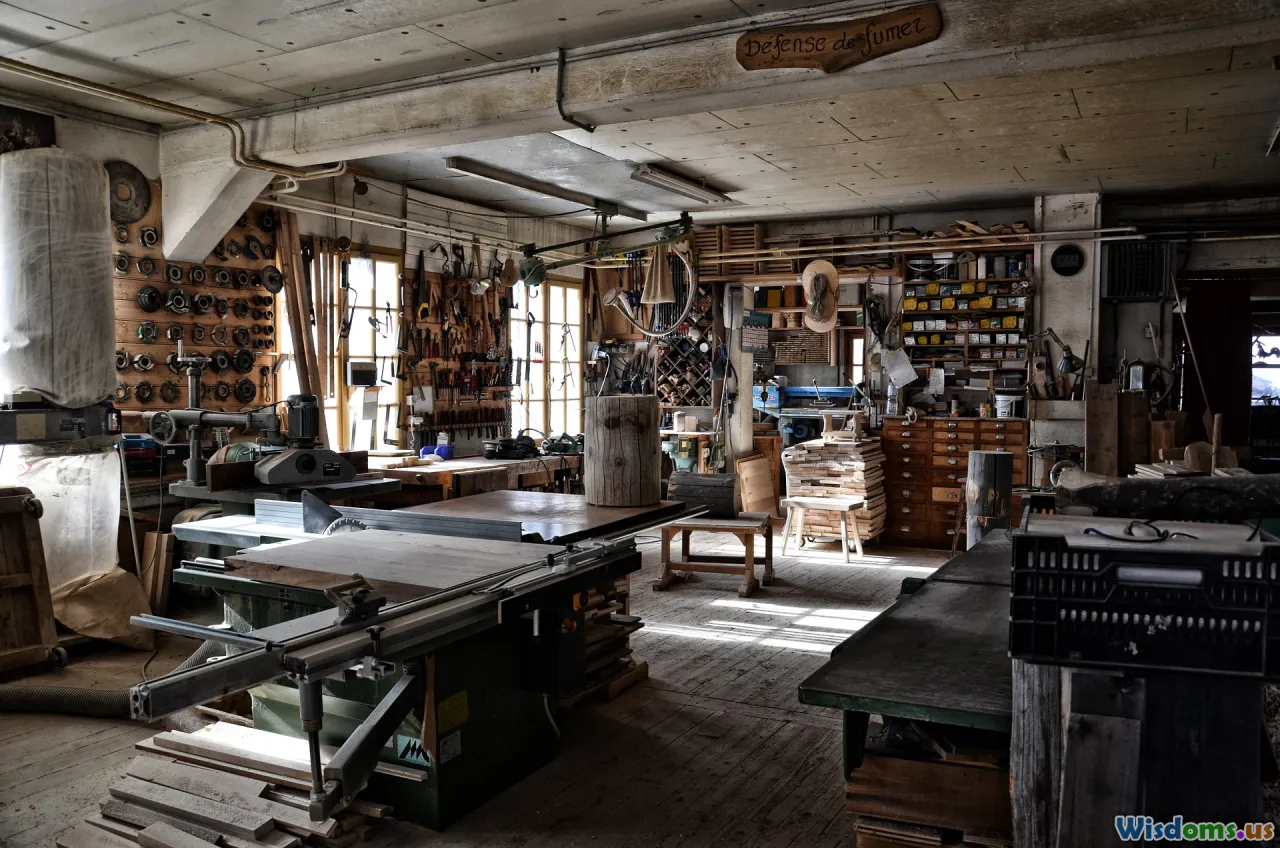
Becoming a world-class escape artist involves years of diligent training. It’s not just about knowing how to pick locks or slip ropes; it’s about mastering the art of theatrical timing, controlling your own physiological responses, and maintaining unflinching composure under pressure.
Lock Workshops and Technical Mastery
Many performers spend innumerable hours studying locks and handcuffs, often developing new escape techniques or modifying props for the stage. Specialty workshops or lockpicking clubs abound, passing down arcane knowledge from generation to generation. Some even collaborate with locksmiths to design custom escape-proof apparatuses for performance.
Fitness and Endurance Training
Physical conditioning cannot be understated. Artists train breath-hold capacity for underwater escapes, cardiovascular stamina for extended physical trials, and flexibility for wriggling limbs from tight spaces. Cross-training in yoga, calisthenics, and even meditation is common; all are tools in the escapist’s arsenal.
Psychological Resilience
Surviving an escape—especially with the eyes of a crowd upon you—requires more than muscle and technical know-how. It's a battle against adrenaline and panic. Experienced escape artists harness techniques from sports psychology and stress inoculation, even submitting to rehearsal scenarios in total darkness, simulated emergencies, or the chaos of booming crowd noise, to ensure nothing breaks their concentration in the heat of performance.
Escapology’s Evolving Role in Entertainment and Culture

In a digital age where so many spectacles are virtual, escapology carves out an authentic, visceral space in entertainment. Modern escape artists have adapted—incorporating elements like televised specials, social media livestreams, and even VR-enhanced performances.
In 2018, magician Andrew Basso became the first Italian to perform Houdini’s Water Torture Cell act at London’s West End, thrilling a new generation with a hundred-year-old classic. Netflix’s “Death by Magic” introduced global audiences to DMC, a British magician who fuses escape with storytelling and cultural exploration. This reinvention ensures that even the oldest acts remain thrillingly relevant.
Escapology's cultural symbolism endures as well. Steven Spielberg’s 2018 film "Ready Player One" pays homage to classic magical escapes as metaphors for freedom and resilience. Academic analysis frames escapology as a unique celebration of individual triumph over constraint—a theme as timely today as it was at the dawn of the craft.
Thrills at Home: The Modern DIY Escapologist
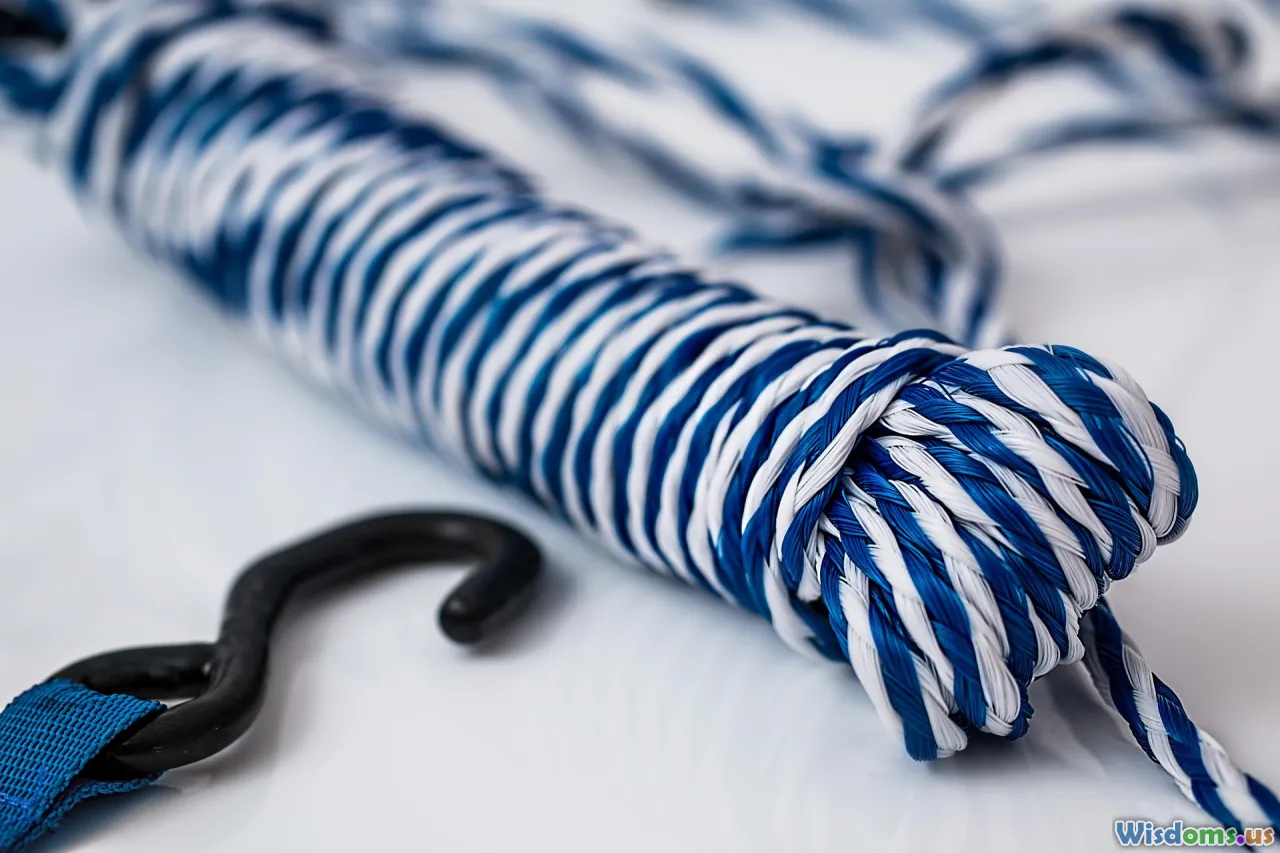
Interest in escapology extends far beyond the stage. Escape rooms, the global phenomenon that blends real-world puzzle-solving and theatrical challenge, owe much of their design to escapology’s tropes. Tens of thousands of enthusiasts practice legal lockpicking (such as the competitive sport of Locksport), teaching skills for fun, brain training, and even career prospects in security.
For those interested in developing their own escape artistry:
- Learn the legality first: Laws governing lockpicking and restraint escape vary by jurisdiction.
- Start with safe props: Rope escapes are less hazardous; develop technique and timing before advancing to cuffs or complicated locks.
- Educate Yourself: Many magicians and escapologists publish step-by-step guides, DIY tutorials, and conduct workshops.
- Safety First: Practice under supervision; always have a trusted friend and tools to assist in emergencies.
- Mind the magic: Share your art! Amateur performances at charity events, schools, or online communities can keep the spirit of escapology alive.
Lessons from Legends: What Escapology Teaches Us

At its heart, escapology reminds us that every lock has a key, every challenge a solution—sometimes hidden, but always there. Those who step onto the stage, from Houdini to modern innovators, illuminate a deeper lesson: mastery is rarely about brute strength or arcane secrets, but about relentless curiosity, lifelong training, and the courage to wade into uncertainty.
Whether breaking free from literal chains or metaphorical limitations, the art of escape endures as a joyous spectacle—and an everlasting invitation to test the boundaries, delight, and dare.
Rate the Post
User Reviews
Popular Posts












